Pest surveillance working together to support WA horticulture industry
BY DEPARTMENT OF PRIMARY INDUSTRIES AND REGIONAL DEVELOPMENT
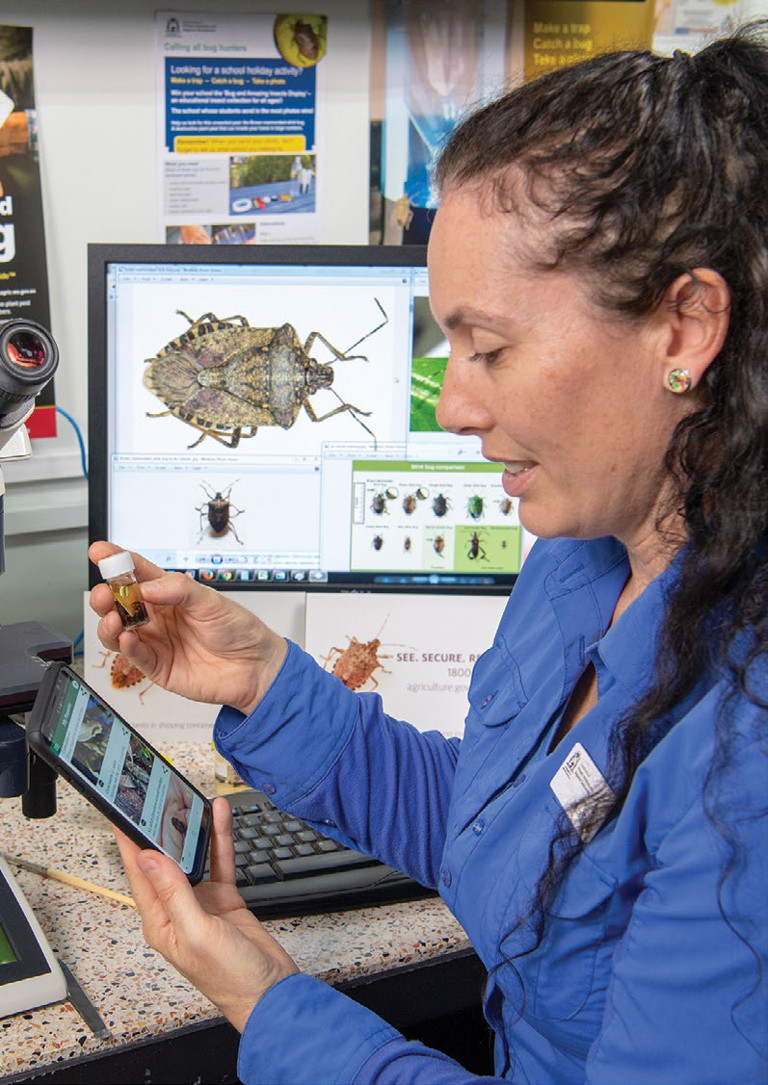
Identifying brown marmorated stink bug in a laboratory at DPIRD.
Western Australia has responded to 13 plant pest incursions over the last four years. These responses highlight the increasing importance of surveillance for the early detection, containment and eradication of invasive pests and diseases not established in WA.
Surveillance is also imperative in demonstrating to national and international trading partners that Western Australia is free of invasive pest and disease threats in our primary industries, supporting area freedom certification that allows producers access to lucrative markets.
Department of Primary Industries and Regional Development (DPIRD) Chief Plant Biosecurity Officer, Sonya Broughton, said DPIRD recognised the value of surveillance.
“Over the past few years, in response to these border breaches, we stepped up our ongoing surveillance efforts to ensure we have the best defences in place,” Dr Broughton said.
Invasive pests such as beetles, bugs, snails, ants and bees are expert hitchhikers!
“Equally important to WA’s surveillance outcomes have been activities to increase biosecurity awareness and encourage the community and industry to play a role in surveillance, complementing DPIRD’s targeted programs.
Dr Broughton said invasive pests such as beetles, bugs, snails, ants and bees were expert hitchhikers, and as volumes of freight, mail, travellers and vehicles crossing our borders increases, so too does the threat of pests making their way here undetected.
“It is increasingly recognised that we cannot maintain our strong biosecurity systems without the community and industry playing a greater role in surveillance and early warning,” she said.
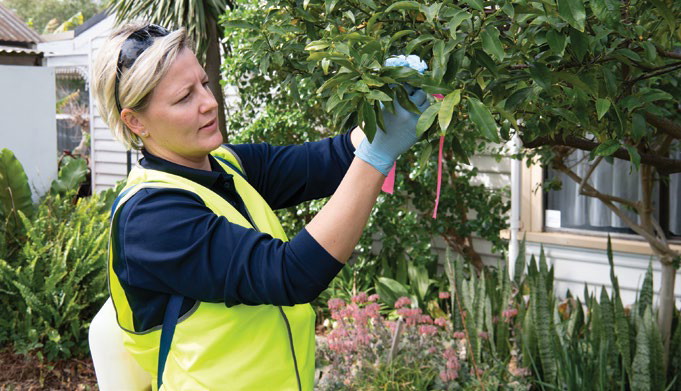
SURVEILLANCE is imperative in demonstrating to national and international trading partners that WA is free of invasive pest and disease threats.
Ongoing surveillance to maintain area freedom for CLso in WA continues.
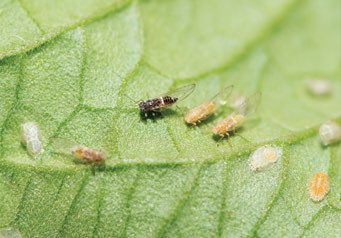
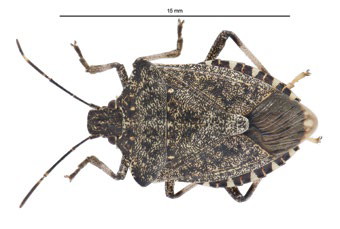
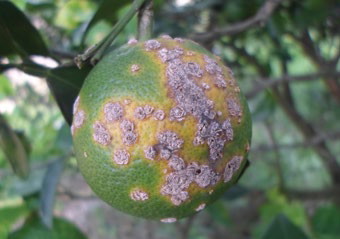
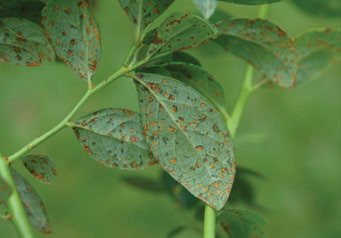
Dr Broughton said early detection led to the eradication of Qfly in Dalkeith, Perth, in March 2020; the biggest outbreak since the first in WA in 1989, costing $14.3 million to eradicate.
“Our permanent trapping grid alerted us to this incursion, and gave us confidence that eradication activities were targeting the right locations,” she said.
Other long-standing successful surveillance programs include trapping for European wasp, European house borer, codling moth (a pest of pome fruit) in the South West, Mediterranean fruit fly in the Ord River Irrigation Area, and starlings in WA’s south east.
“European wasp queens arrive in WA each year on trucks, trains and machinery from the Eastern States where they are well established, but our 44-year-old wasp surveillance program continues to prevent their establishment,” Dr Broughton said.
“When nest numbers spiked in 2019, additional personnel enabled us to deploy 3,769 traps over 1,300km2, and to hike and four-wheel drive through national parks in the Darling Scarp. This led to the detection and destruction of 116 nests across the Perth metropolitan area — the largest number of nests detected in the history of the program.”
Joining forces with the public and industry
DPIRD’s development of the MyPestGuide TM app in 2014 had successfully facilitated community and industry involvement in surveillance activities to complement the department’s surveillance programs.
MyPestGuide TM Reporter app has enabled the public, growers, producers, and other stakeholders to be on the frontline of our biosecurity defences by incorporating ‘look and report’ as part of their everyday life.
“MyPestGuide TM underpins all of DPIRD’s surveillance activities aimed at encouraging public and industry involvement, and provides a quick and easy option for reporting unusual pests,” Dr Broughton said.
MyPestGuide TM is the foundation of DPIRD’s annual community surveillance event, the Biosecurity Blitz, which started in 2015.
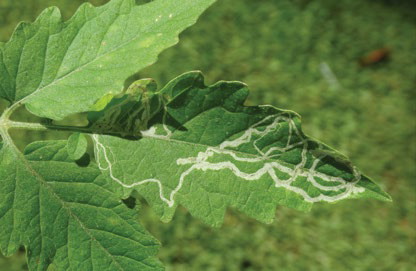
f SERPENTINE leafminer causes damage by larvae feeding under the surface of leaves.
West Australian potential threats
1 Serpentine leafminer (Liriomyza huidobrensis), which causes damage by larvae feeding under the surface of leaves. It was detected in New South Wales and Queensland in October 2020, but is absent from WA.
2 Spotted lanternfly (Lycorma delicatula), which is a plant hopper that feeds on the sap of over 65 species of plants and can damage grape, apple and summer fruit crops.
3 Spotted winged drosophila (SWD, Drosophila suzukii), which is a major horticultural pest affecting many crops, particularly soft-skinned fruit including berries, stone fruit and grapes.
LOOK, ACT, REPORT!
MyPestGuide TM Reporter app, mypestguide.agric.wa.gov.au
The month-long Blitz encourages WA residents to report unusual pests they have seen in their community, garden or home, enhancing our ability to detect pest incursions early, and increasing the chance of successful eradication or containment.
DPIRD is capitalising on the success of the Biosecurity Blitz to introduce community engagement activities that focus on specific pests.
MyPestGuide TM Reporter app has enabled growers to be on the frontline of our biosecurity defences.
Dr Broughton said in response to the incursion of invasive ants, DPIRD launched an Ant Blitz in 2020, and this year undertook the third, monthlong Pantry Blitz, inviting community members to host an insect trap to report the absence or presence of insects in their pantry.
“The success of Pantry Blitz demonstrated the relatively untapped resource of community surveillance, with 1380 people opting to host a trap, and 850 people sending in reports each week, totalling thousands of reports.”
MORE INFORMATION
Sonya Broughton, phone (08) 9368 3271, email sonya.broughton@dpird.wa.gov.au, or go to dpird.wa.gov.au.